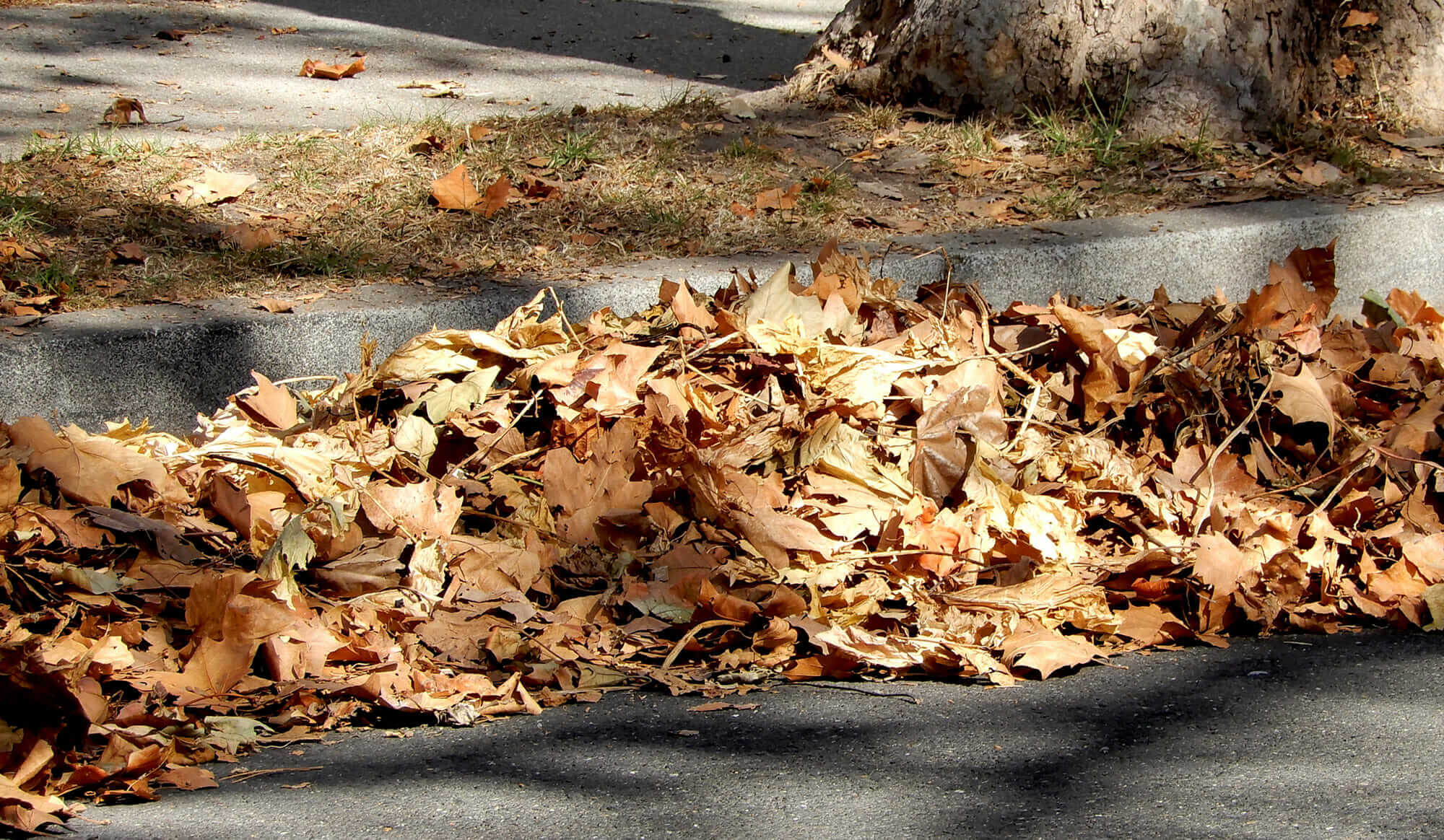 While building your soil is a year-round task, fall is the time to score some free ingredients. As many broadleaf street trees, including maples and liquidambar, drop their leaves, it’s a literal windfall for the astute gardener. Gather the leaves in bags and bring them home. I recently met a woman who keeps a rake and bags in her car in case she comes across a nice pile of leaves at the curb when she’s out on her errands. Here are a couple of ways to use the leaves.
While building your soil is a year-round task, fall is the time to score some free ingredients. As many broadleaf street trees, including maples and liquidambar, drop their leaves, it’s a literal windfall for the astute gardener. Gather the leaves in bags and bring them home. I recently met a woman who keeps a rake and bags in her car in case she comes across a nice pile of leaves at the curb when she’s out on her errands. Here are a couple of ways to use the leaves.
Leaf Mold
Procure 10 feet of 3-foot-tall wire fencing and build an easy-to-make bin. Wire it together to make a cylinder about 3 feet in diameter. Fill with leaves. If you chop them up, or periodically turn the pile they will decompose faster but it’s not at all necessary. Just keep the bin contents evenly moist, and don’t add any other compost materials. When it has a crumbly texture, you will have made black gold to add to, or layer on your garden beds. This amendment will improve the texture of your soil and help insulate it from extreme temperatures. It will also add some trace nutrients and offer the resident earthworms, bacteria and micro critters a more comfortable environment to live in.
Leaves in the Compost
Since fallen leaves are mostly carbon, they are an easy ‘brown’ component to balance the nitrogen in your kitchen waste compost pile. Simply keep your bags of collected leaves by the bin and add a layer every time you dump in your counter pail. This helps keep your compost from smelling bad and also speed up the decomposition process. Be sure to take advantage of this annual (and lightweight) seasonal gift to your
garden!
–Helen


